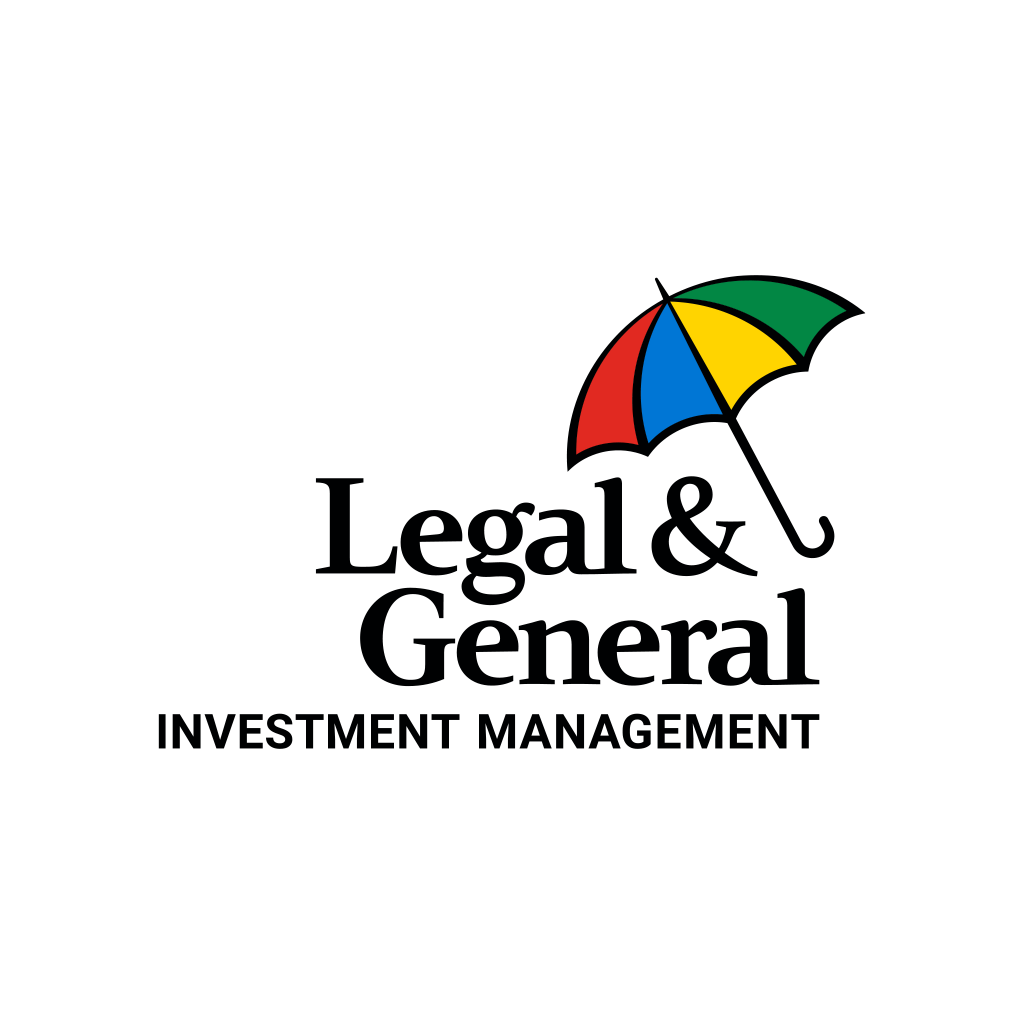
Legal & General Investment Management
Legal & General Investment Management is a European asset management firm with offices across Europe, North America, the Middle East, and Asia. It joined the Net Zero Asset Managers Initiative on 11 December 2020 and its initial target disclosure was published on 1 November 2021.
Percentage of assets covered by the Net Zero Asset Managers Commitment Statement
38.2% of total AUM (USD $688 billion)
Information on interim target(s) covering the proportion of assets to be managed in line with net zero
Baseline(s):
Portfolio decarbonisation reference baseline
Baseline performance may vary according to portfolio. For funds launched at later dates, the 50% reduction can be pro-rated over the remaining time to 2030.
Target(s):
Portfolio decarbonisation reference target
Funds are considered net zero aligned if they meet either of:
• At least 50% reduction in GHG intensity (weighted average carbon intensity) from 2019 baseline (relative to fund or reference index); or
• Temperature alignment of 1.5°C by 2030
GHG scopes included:
Scope 1 & 2 emissions of investee companies represent the main data sources into our calculations. Temperature alignment calculations are also primarily driven by Scope 1 & 2 emissions data, with the exception of financial and energy sectors where estimates of Scope 3 emissions in investments/lending and production respectively from investee companies are included.
Methodology:
Net Zero Asset Owner Alliance Target Setting Protocol
Net Zero Investment Framework
Science Based Target initiative for Financial Institutions
Scenario(s):
50% reductions by 2030 are derived directly from the NZAM commitment. This is benchmarked against Climate Action Tracker 1.5°C, IEA Net Zero by 2050 scenario, NGFS scenarios. Currently, LGIM’s modelling of temperature for a ‘well below 2°C’ scenario is approximately mapped to IPCC RCP 2.6 and IEA SDS (aggressive mitigation) pathways. Future iterations of the modelling, currently underway, will involve a Net Zero by 2050 scenario, broadly in line with recent 1.5°C/net zero carbon budgets from IPCC/IEA.
Additional information
Proportion of AUM committed:
LGIM has set its target using a top-down approach, whereby we forecast the proportion of clients, by region and client type, that we expect to adopt net zero strategies by 2030. For this first interim target LGIM has excluded Government securities and Derivative assets due to lack of clear industry methodologies to account for these asset classes. As a result, LGIM has set targets covering 70% of AUM it considered eligible for net zero alignment. We will be reviewing our target every 2 years, taking into account developments across our client-base and the markets in which we operate.
Policy on coal and other fossil fuel investments:
LGIM is adopting a sciencebased policy on coal and tar sands on all AUM we have committed to manage in line with net zero. Therefore, in addition to applying our LGIM-wide coal exclusion policy within these funds, companies making new investments in thermal coal and tar sands will also be excluded. The LGIM-wide coal exclusion policy can be found here https://www.lgim.com/landg-assets/lgim/_document-library/capabilities/lgimhcoal-policy.pdf. Within portfolios that do not apply these exclusions, we will use active and escalating engagement to ensure no new thermal coal generation is developed and no new tar sand resources are exploited.
Further information:
Target setting: We have initially directly transposed the global reduction in absolute emissions identified by IPCC into a 50% emissions intensity reduction target by 2030. However, we will monitor and seek to address any outsize contribution of the chosen relevant divisors [revenue or EVIC] to the decarbonisation of the assets. These are volatile and depend on key macroeconomic variables such as economic growth, market valuations, inflation and FX, as well as microeconomic factors at a company level. Our ambition is for a 50% reduction by 2030 in fixed divisor terms which translates to 65% in carbon intensity terms if revenue is assumed to grow (inflate) at 3% in nominal dollar terms.
In certain portfolios (for example, actively managed funds) it is possible that changes of asset allocation (for example, switching from financials to utilities) may result in an increase in carbon footprint, even if the chosen securities represent the best in class from a climate performance. That is why we are proposing the use of temperature alignment (which measures the forward-looking alignment of individual issuers to a net zero trajectory) as an alternative method, where appropriate.
Alignment assessment and engagement: Our Climate Impact Pledge, which targets companies associated with ~60% of greenhouse gas emissions from listed businesses, and through both direct and collaborative engagement, we will ensure that in net -zero funds we engage with issuers responsible for >50% of a portfolio’s associated emissions; increasing this figure further over time, to ensure alignment with best practice set out in key net- zero investment frameworks e.g. the PAII Net Zero Investment Framework.
https://www.legalandgeneralgroup.com/csr/journey-to-net-zero/
https://brand.legalandgeneral.com/tackling-the-climate-crisis/real-estate-roadmap-to-net-zero/
For details on our use of temperature alignment: https://www.lgim.com/landg-assets/lgim/_document-library/ insights/long-term-thinking/net-zero-a-practical-guide-for-investors.pdf.